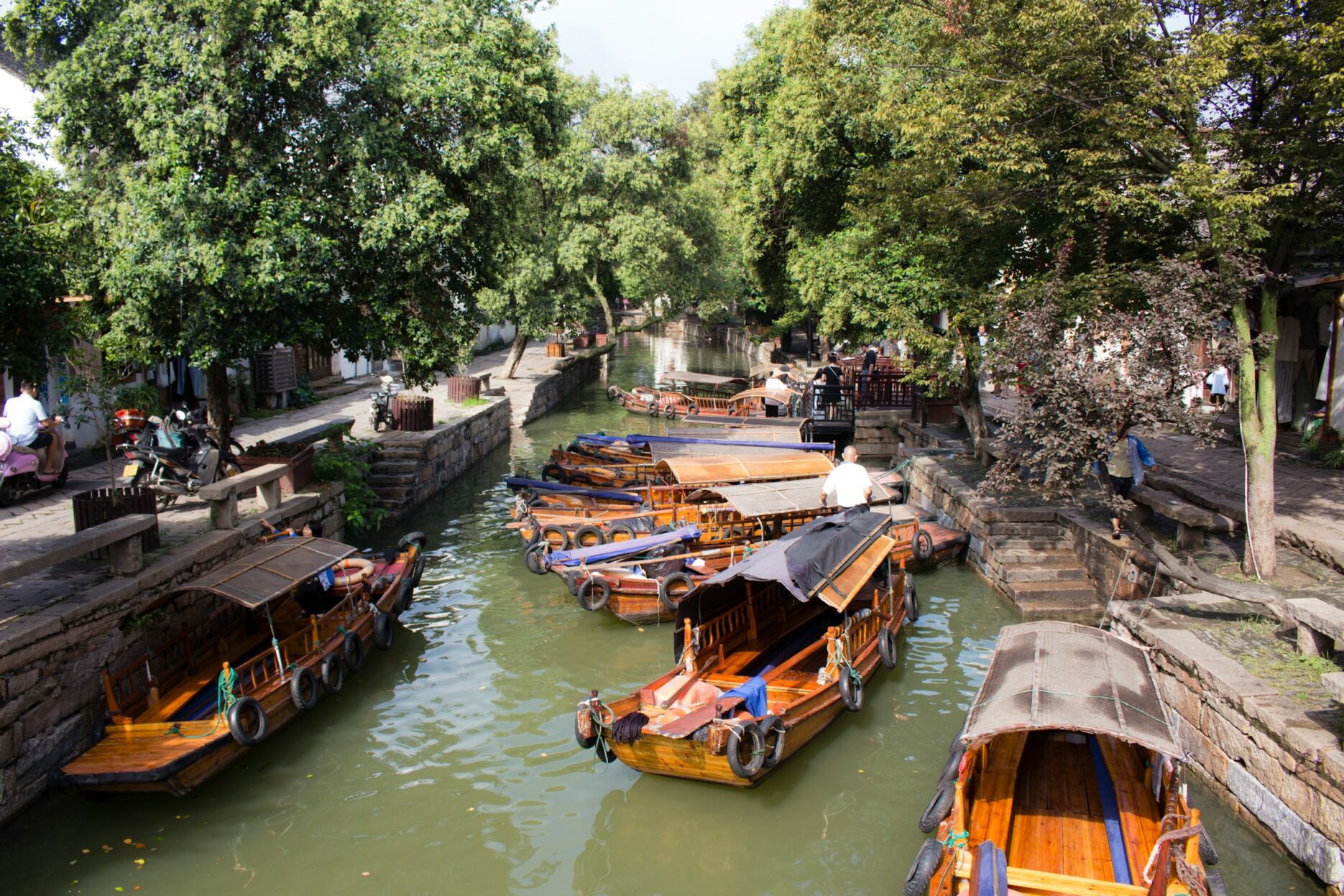Qingming (清明) is the first holiday of the year since the Chinese New Year (CNY). This year, the day fell on Friday, 4 April, so there was no need for the dreaded compensatory working day. People in China took the opportunity of the “Tomb-sweeping Day” to travel and enjoy the spring weather before it gets too warm in some places come Labour Day in May.
According to data from the Ministry of Culture and Tourism, the 3-day holiday saw 126 million people travel in China, growing 6.3% year-on-year (YoY), while they spent 57.5 billion RMB (7.90 billion USD), up 6.7% YoY. The Yangtze Delta region, including Shanghai, was one of the hottest destinations in China this year. The National Immigration Administration also released data saying that there were 6.21 million people entering and/or exiting China during the Qingming period, up 19.7% YoY, including 697,000 foreign nationals (up 39.5% YoY).
On Chinese social media, many complained that there were too many people at any given tourist destination, with some saying, “It feels like there were 100 million people at the site”. On Weibo, China’s Twitter equivalent, the topic #人人人人人景人人人人人# (a hieroglyphic rendition of the sight being overwhelmed by people, lit “peoplex5 sight peoplex5”) reached number 2 on the Hot Search list with 73.45 million views.
Travel in China remains healthy after a successful CNY holiday this “Tomb-sweeping Day”. Harbin, known for its snow and ice activities, experienced a springtime boom, likely because it went viral in the past two winters. Younger generations, however, prefer to go to Japan for the cherry blossom season and South Korea, especially the visa-free Jeju Island, because of the newest viral K-drama, When Life Gives You Tangerines. Cultural travel remains in vogue this spring.
Need to boost your China strategy? Dao Pro delivers bespoke insights on marketing, innovation, and digital trends, direct from Chinese sources. Find out more from our Dao Strategy Team here.









